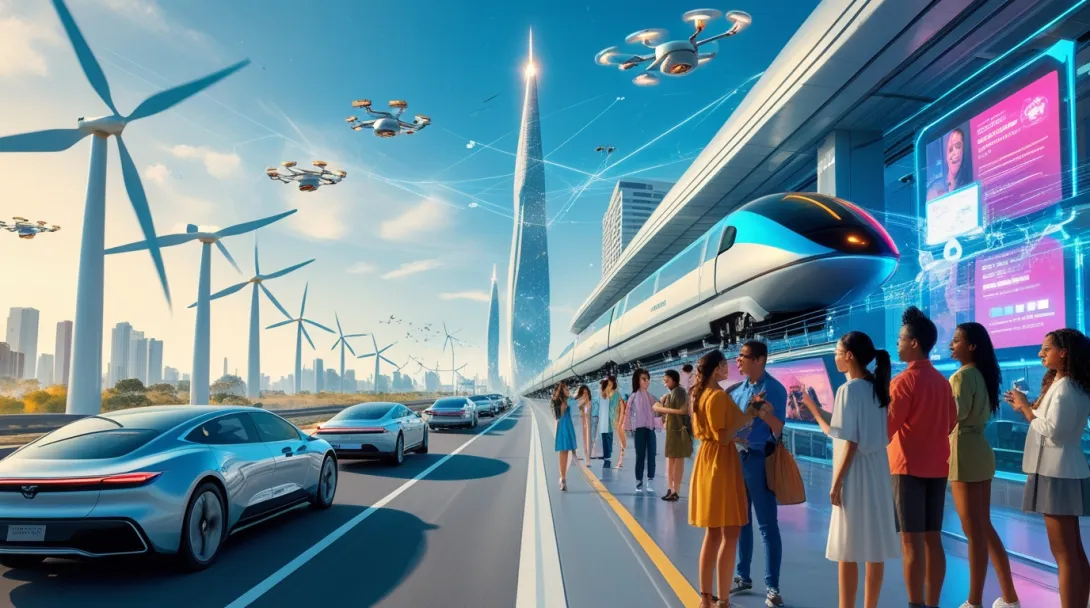Which sector contributes the largest share to India’s power generation capacity?
What is the primary objective of the UDAY scheme in the power sector?
Which mode of transport carries the maximum freight traffic in India?
What is the primary focus of the PM Gati Shakti National Master Plan?
Which communication technology is being used to implement BharatNet in rural India?
What percentage of India’s energy generation comes from renewable sources?
What is the primary source of power generation in India?
Which organization regulates the telecom sector in India?
The Golden Quadrilateral project connects which major cities in India?
What is the full form of UDAY scheme?
Which sector contributes the most to India’s logistics costs?
Which country is India’s largest partner in developing its nuclear power sector?
What is the primary goal of the Smart Cities Mission in India?
What is India’s rank globally in terms of renewable energy capacity (2023)?
Which scheme focuses on providing electricity to every household in India?
Which is the largest port in India by cargo traffic?
What is the focus of the National Electric Mobility Mission Plan (NEMMP)?
Which organization manages India’s air traffic?
What is the primary energy source for rural households in India?
Which Indian state leads in wind power generation?
Which communication system is primarily used in India’s rural connectivity?
What is the share of transport sector emissions in India’s total greenhouse gas emissions?
Which of the following is a key challenge in India’s power sector?
Which mode of transport is most efficient for bulk freight movement in India?
What is the primary function of the National Highways Authority of India (NHAI)?
What is the capacity of India’s largest solar power plant, Bhadla Solar Park, in Rajasthan?
Which organization operates India’s thermal power plants?
What is the primary focus of the FAME India scheme?
Which river basin hosts the majority of India’s hydropower projects?
Which ministry oversees India’s infrastructure development projects?
What is India’s target year for achieving 50% energy from renewable sources?
What is the purpose of the National Infrastructure Pipeline (NIP)?
Which Indian city has the busiest airport in terms of passenger traffic?
What is the purpose of the Dedicated Freight Corridors (DFC) in India?
Which sector is expected to see maximum investment under India’s National Monetization Pipeline (NMP)?

